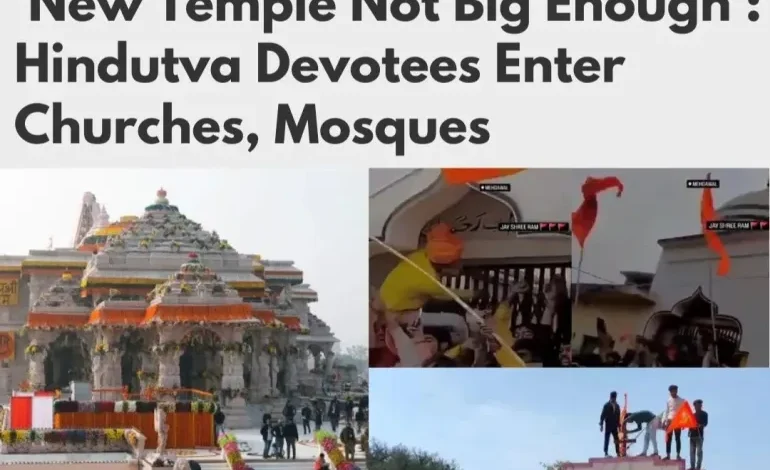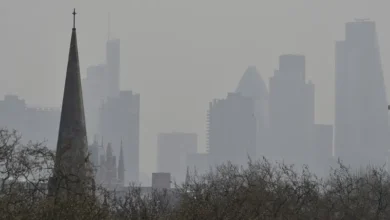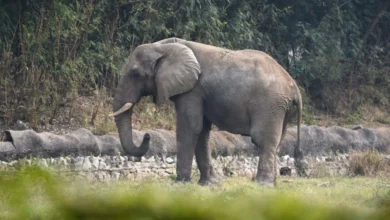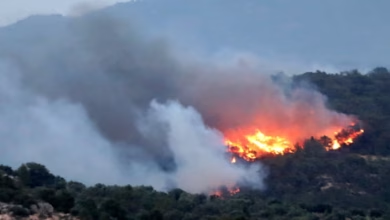Can India’s version of The Onion beat hate with laughter?

When Indian Prime Minister Narendra Modi was inaugurating a controversial Hindu temple in the northern city of Ayodhya on January 22 this year, J*, a student living hundreds of miles away in the southern state of Kerala was about to post his take on the event on Instagram.
“Remains of Indian Constitution Beneath Ram Mandir: ASI Survey,” the 21-year-old student of humanities posted on his handle, The Savala Vada, criticising the Hindu nationalist leader for allegedly undermining India’s secular constitution by leading a religious ceremony at a temple built on the ruins of a 16th-century mosque.
When Indian Prime Minister Narendra Modi was inaugurating a controversial Hindu temple in the northern city of Ayodhya on January 22 this year, J*, a student living hundreds of miles away in the southern state of Kerala was about to post his take on the event on Instagram.
“Remains of Indian Constitution Beneath Ram Mandir: ASI Survey,” the 21-year-old student of humanities posted on his handle, The Savala Vada, criticising the Hindu nationalist leader for allegedly undermining India’s secular constitution by leading a religious ceremony at a temple built on the ruins of a 16th-century mosque.
Since India’s independence in 1947, dozens of Hindu groups, led by the Rashtriya Swayamsevak Sangh (RSS), the far-right ideological mentor of Modi’s Bharatiya Janata Party (BJP), claimed the Mughal-era Babri Mosque stood at the exact site where Ram, among Hinduism’s most prominent deities, was born. A Hindu mob demolished the mosque in 1992, triggering deadly riots that killed more than 2,000 people and fundamentally altered the course of India’s politics.
After the demolition, the state-run Archaeological Survey of India (ASI) backed the Hindu groups’ claim as the dispute went to the country’s top court, which in 2019 gave the site to a government-backed trust to build a Ram temple. Muslims were given another piece of land in Ayodhya, several kilometres away from the temple, to build a mosque.
A year later, Modi laid the foundation stone for the grand temple and opened it in January this year to kick-start his re-election for a record third term.
Using humour ‘to report truth’
J and his two teammates working with him on the handle prefer to remain anonymous over fears they “could get attacked or killed”, as they put it.
The Instagram handle, said J, started with posts about cultural or historical events but slowly began to focus on news and current affairs to channel what he called his disillusionment with the mainstream Indian media, which many critics have accused of amplifying the BJP’s hate politics against minority Muslims and Christians, as well as being subservient to Modi.
“I belong to a minority religious community and it is extremely difficult to voice your dissent in the current polarised times,” J said, adding that his focus was to “combine humour and resistance” while also reaching out to Gen Z and millennials through his satire.
Apart from The Onion, J said he was also inspired by American comedian George Carlin, British stand-up John Oliver, and Australia’s The Juice Media, which posts satirical takes targeting the government.
Over the past year, The Savala Vada has made more than 680 Instagram posts and gained close to 69,000 followers. Last month, it saw 7.8 million views on its posts and stories.










